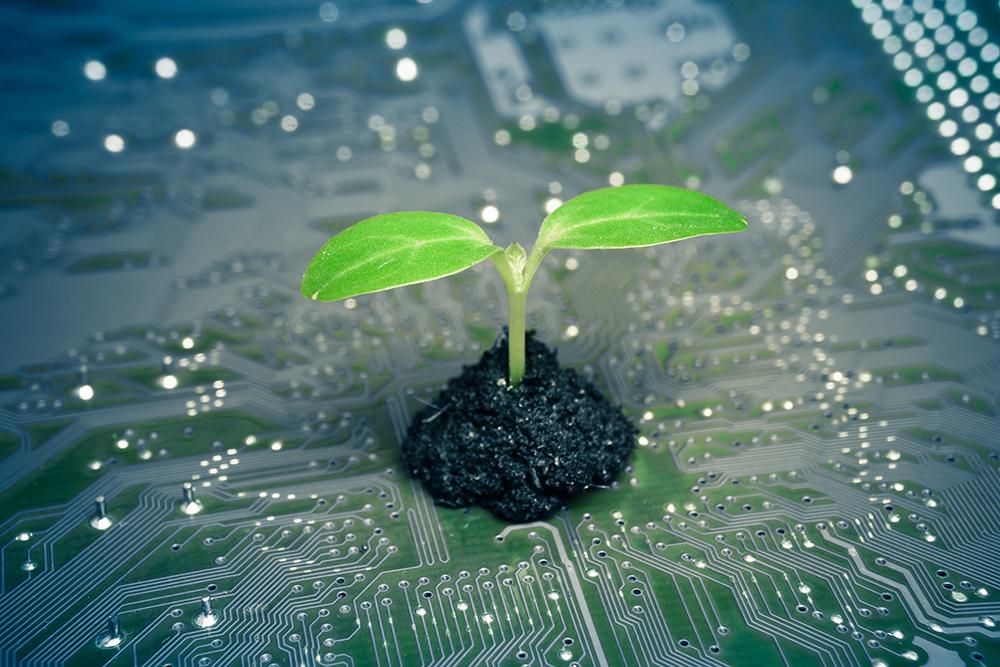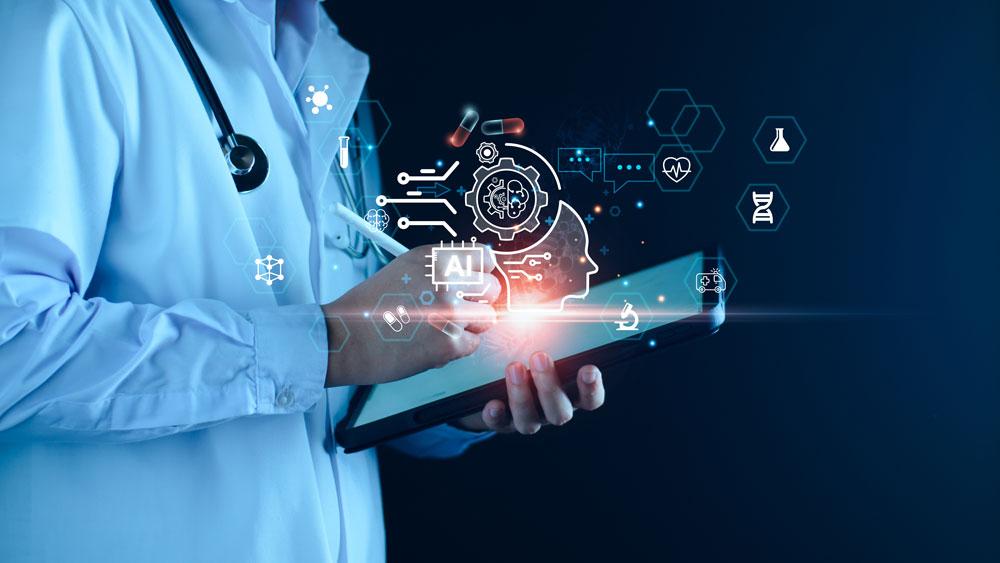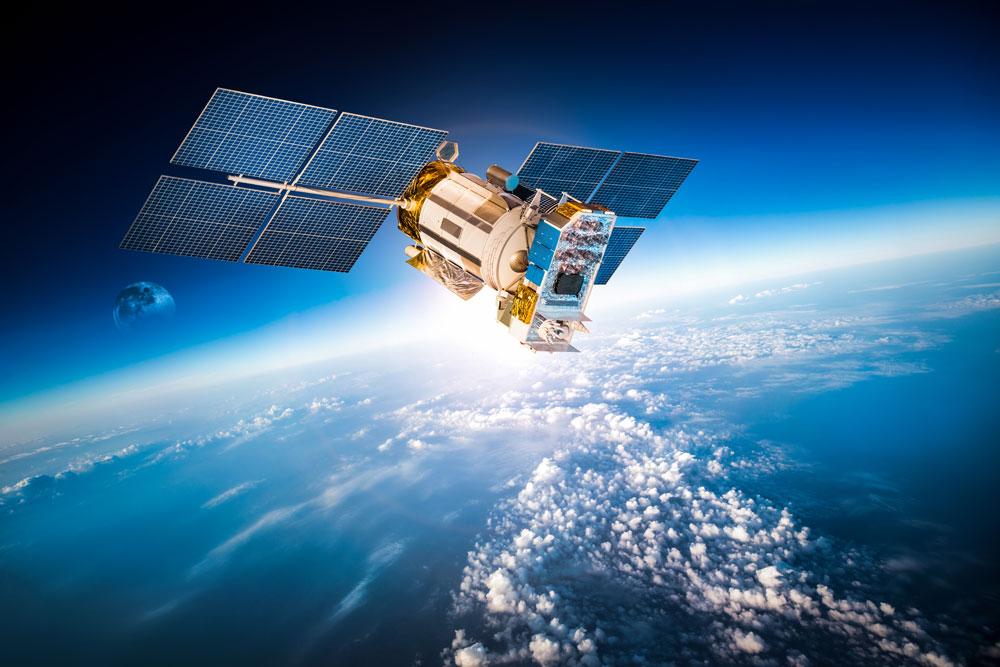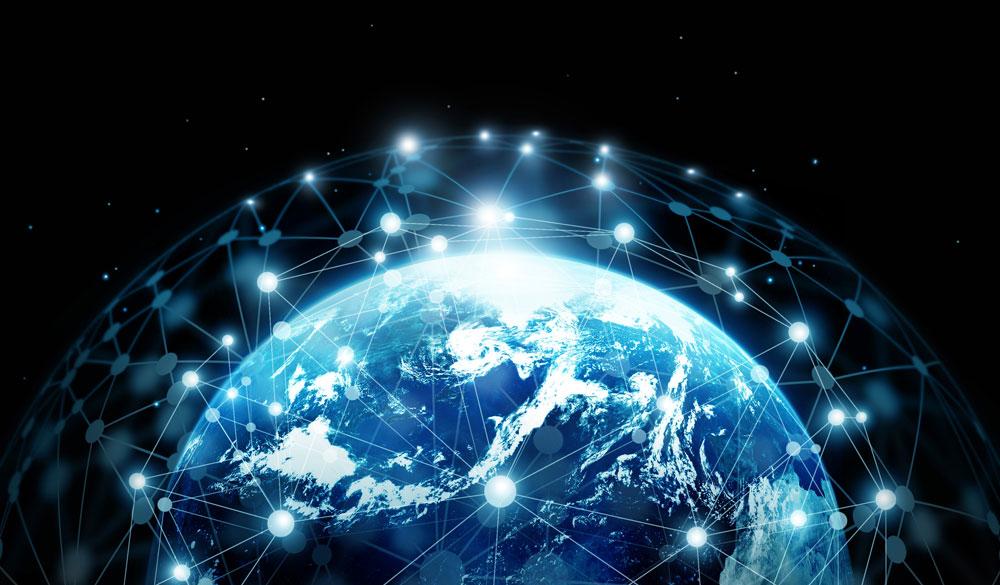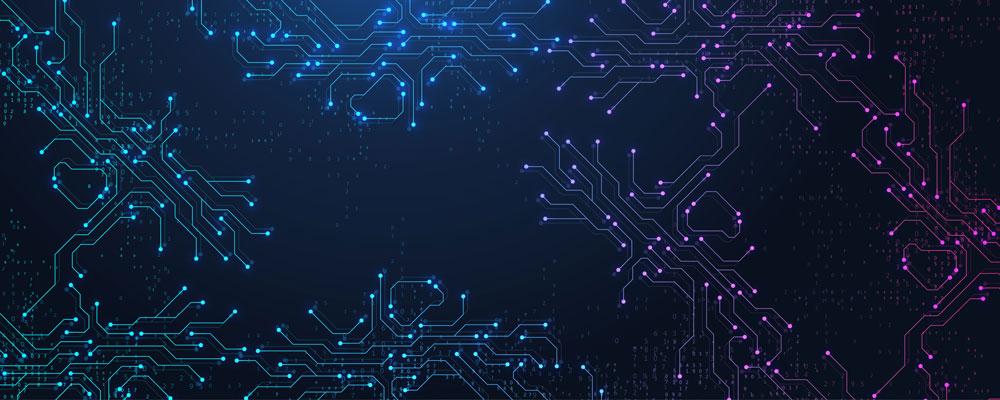In November, the Department for Environment, Food & Rural Affairs, published “Greening government ICT: annual report 2021 to 2022”, which sets out the progress made in making digital services and technologies in government more sustainable. GB investigates
Defra is not who you would expect to be writing a review on government ICT, but Chris Howes, Defra chief digital information officer, points out the sustainability responsibility of the department: “Our services protect the planet from people through helping comply with regulation and advice on emissions etc. But we also protect people from the planet – and prevent the spread of food or animal borne diseases across our borders. Helping mitigate the impacts of climate change by providing flood warnings, providing data to support investment on flood alleviation and helping people take action to prepare and respond.
“We’ve committed in our own Defra Sustainable Tech Strategy to measuring, reporting, and reducing the negative impacts associated with our technology, not just on climate change but also encouraging a circular economy and social sustainability.”
DEFRA started reporting on emissions from government technology more than ten years ago, recognising the role technology and tech teams play in supporting the sustainability objectives of the organisations they support.
DEFRA is the lead government department for sustainable information and communications technology and the department recognises that the carbon footprint of ICT world-wide is on a level with the aviation industry – and it is expected to rise.
Howes said: “And we’ve seen steady reductions in emissions through things like the move to cloud, enabling us to leverage hyperscale level datacentres and cutting-edge technology.
“More widely you can see the role that technology is playing in the rapid acceleration of tech such as electric vehicles in reducing our reliance on fossil fuels for transportation. It’s not just the electric motors that enable that, it’s the interaction between the vehicle, the availability of charging points, having that data on our mobile phones or dashboards, allowing us to plan our journeys more effectively and so on.
“Technology won’t solve everything though. Minimising climate change will require massive behavioural and societal changes. So, we need a greater focus on how technology and data can help drive that.”
The report also points out the growing problem of ICT waste and issues in supply chains.
Aims
The Greening Government: ICT and Digital Services Strategy 2020-2025 was published in September 2020 with the intention of meeting the challenge of measuring the impact of government ICT. The strategy provides best practices and guidance to support the delivery of Sustainable ICT within government spend control processes. The strategy also urges departments to focus on areas for improvement through the delivery of a departmental sustainable technology strategy statement.
Under The HMG Sustainable Technology Advice and Reporting (STAR) team, it should be ensured that government ICT services are designed, delivered and operated with sustainable principles at their core – this includes procurement, use and disposal.
Achievements
Over the years, ICT on government property has become more energy efficient as Cloud First and Digital policies have become more commonplace.
The report recognises achievements that have been reached, with an increased availability of data about footprint, the use of cloud hosting and the use of green energy, progress has been made towards net-zero ICT.
34 departments/agencies/bodies provided returns for this year’s report, a significant increase of nine from last year. This means that this year, the assessment covered 603,000 employees which is 128,000 more than last year.
The individual staff energy consumption is estimated to be 1,546 kWh/year – 181 kWh lower than last year (1,727 kWh/y). This is due to a decrease in the energy consumption of the servers due to cloud migration, as well as the increase in the number of staff covered by the report.
38 million e-conferences were held across government, this is a large increase from 3.5 million in 2018/19 – though the pandemic would have had a significant impact on this.
By amending and simplifying reporting processes, a more accurate ICT energy consumption figure was achieved.
All hosting suppliers including cloud, were formally asked to provide energy consumption/carbon data relating to the services being consumed.
Strategy Statements, which set out proactive sustainable ICT projects and programmes have been received from the majority of departments and are endorsed by CDIOs.
Government departments
The Department for Health and Social Care reported: “Through completion of this year’s STAR reporting, we have now identified routes through which to retrieve energy consumption and carbon data for some of our key digital services (data centres and cloud services), as well as some gaps. This will allow us to better track
our carbon footprint here in future and has highlighted some areas for transparency
improvements”. In addition, organisations such as the HRA have stated aims to adopt technology to reduce wider impacts with an ‘Aim to reduce travel by 60 per cent on pre-pandemic levels for 2022/23’”.
The MoD said: “MOD have made the following commitment in their Sustainable Digital Technology and Services Strategic Approach 2021–2025, with a clear nod towards moving to lower impact digital services.
“Reduced Environmental Footprint Delivery and operation of digital capabilities must be non-polluting, require less energy, and reduce raw material demand, lowering MOD’s overall resource consumption. Device numbers must be managed effectively to avoid unnecessary proliferation, and hardware reused within a circular economy.
“This has already yielded results through proactively transforming MOD’s data centre estate they have achieved a reduction of 38 per cent in 2021/22 since 2018 with further migrations planned for 2023, saving ½ Million kWh or 128475.527 kgCO2e which is about 850,000 km in a diesel car! The same as going to the moon and back with fuel still in the tank.”
Waste
The STAR includes annual reporting on the ICT waste collected across government, how it is handled and how it is disposed of.
The figures for this year show that overall end-of-life resource treatment increased by 35 per cent compared to last year. There is a 43 per cent increase in reuse and a 30 per cent increase in recycled items. On the other hand, recovery decreased by 14 per cent.
2,323,426 kg of assets have been disposed of. This is a 601,070 kg increase compared to last year.
The report says: “The approach by departments to dealing with its end-of-life ICT varies across government. All departments contract out the responsibility. Many pay for recycling services then receive a rebate on value reclaimed from the raw materials and rare earth elements, some allow the waste to be taken for free leaving the contractor to reclaim any costs through resale, and some others offer a mixture of the two. What is clear is that there isn’t a consistent view, or process, or guidance/policy and with the amount of waste approaching two million kilograms there is an opportunity for government to adopt a smarter, coordinated, ethical and perhaps more lucrative approach to managing its ICT lifecycle.”
Defra said: “In addition to maintaining our Zero to landfill target we have raised £200,000 by selling redundant assets an increase of 426 per cent from £38,000 in 2020 and donated 1,800 assets to citizens’ advice and computer Aid (our assets are now being used for those impacted by the war in Ukraine).”
Improvements
The report found that there has been increased consumption with ICT carbon, energy consumption and waste totals have increased, this is in relation to the digitisation of operations.
There has also been increased supplier engagement, increasing knowledge of the digital footprint. However the report also recognises the need for closer engagement with suppliers, as well as upskilling in the procurement area to ensure waste reduction.
Resource management has been improved with the zero to landfill target on track and reuse and recycling figures improved as well. On the other hand, there is still opportunity for government to adopt a smarter, coordinated and potentially more lucrative approach to managing its ICT lifecycle.
The report also points out that sustainable procurement is not well adopted across government and this requires urgent action in order to manage risks, ensure business resilience and deliver sustainable outcomes.
